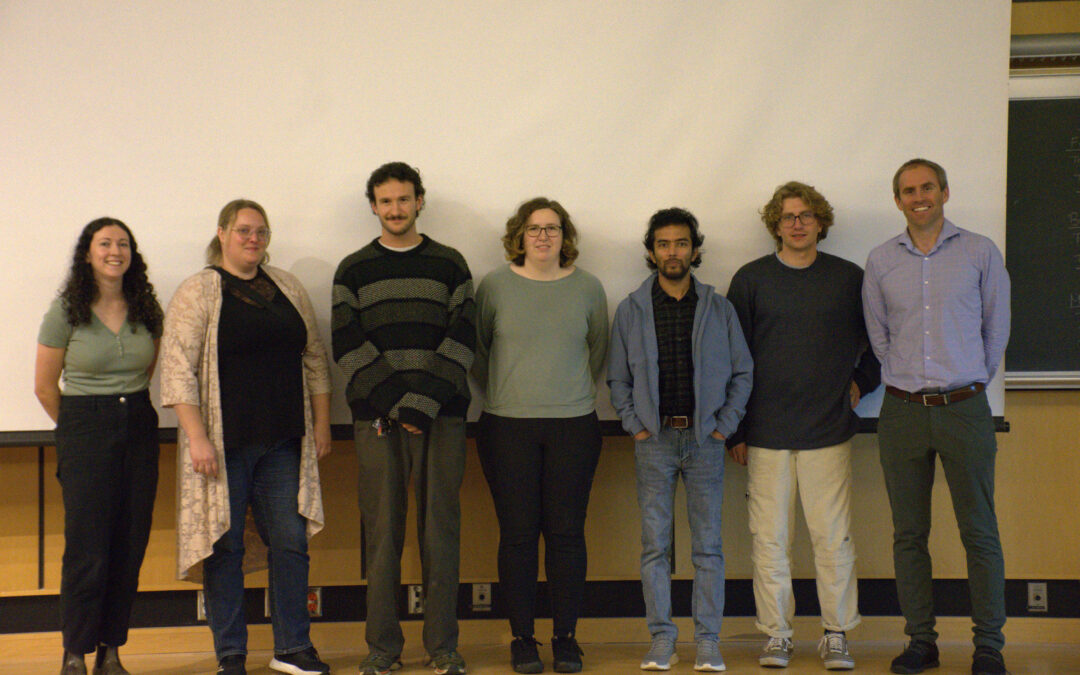Over the past sprint, we tightened our engineering habits, deepened our campus partnerships, and turned hackathon sparks into production-ready features – while threading the needle on privacy and deployment inside UVic’s ecosystem. Same crew, same energy, just a little more grown-up about process. And like we said from the start, we kept the human side front and centre with quick stand-ups, clear communications, and shared priorities so nothing fell through the cracks.
A big unlock was nailing our deployment cadence with UVic Systems, which turned “when can we release?” into a predictable rhythm. Regular touchpoints gave us a faster path for approvals and clearer expectations around observability, so our biweekly drops land safely on campus infrastructure instead of as unpredictable big-bangs. Just as important, we aligned on analytics instruments and workflows – using data to encourage course-level adoption and to actually learn what students prefer, not just guess.
A highlight that reframed our thinking came from Self-Regulated Learning (SRL) expert Professor Allyson Hadwin. The core lesson: students make the biggest gains when they author the plan, not when the tool does it for them. Instead of breaking tasks down for them, Mathiné should help students break their own work into bite-sized, one-hour chunks that fit real schedules. She also underscored
need.
From Reflection 1’s “head first” energy to Reflection 2’s “full speed ahead,” this chapter is our third act: bridging – between prototypes and production, between innovation and policy, and between student needs and institutional requirements. That bridge is how Mathiné scales responsibly, and it’s the kind of work we’re excited to keep doing – together!

